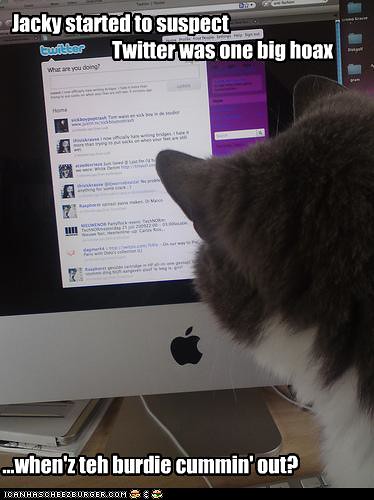The body in motion is not without pain.
Arms gasping.
Eyeballs askew
At the end of my sinews
Blood bleaches like fingernails.
The dead protein of my love for you
splices thoughts, memories
Lips in the wind.
And all around me, the loving audience
bleating my name
Calling, calling
For the same loss that engulfs
Every whispered word.
—–
The transition into adulthood is fraught with emotion and unbound intensities. It is a time of testing – we pit ourselves against the world, against each other and we emerge scarred, occasionally beautiful and sometimes damaged. But what shape do our scars take and what is their legacy? What of those who do not successfully shed their battle worn skins?
Unfortunately, many young men don’t make the transition in one piece. The complications of life, unexpected responsibilities, depression and anxiety can all play a part – where we increasingly find ourselves isolated, set apart, on the edge.
 I wrote this poem many years ago. And while it seems as though I am listening to forgotten whispers, the emotional impact still claws my chest. Poetry was an outlet for me. It was a connection with an unimagined audience.
I wrote this poem many years ago. And while it seems as though I am listening to forgotten whispers, the emotional impact still claws my chest. Poetry was an outlet for me. It was a connection with an unimagined audience.
But every poem brought me closer to someone. I would be “caught” writing. I would ask friends for advice on the poems, or ideas on their construction – all the while realising it was a thinly disguised call for help.
These days, young men continue to find themselves in situations which feel insurmountable – resulting in higher than average rates of drug and alcohol dependence. Furthermore, rates of suicide are through the roof and young men are three times more likely to develop schizophrenia than young women.
But thanks to sites like ReachOut, you no longer need to suffer in silence (or resort to poetry). This week, the ManWeek campaign kicks off – and you can tune in to Triple J to listen to the experiences of young men across the country – from the Alpha Male to the Mummy’s Boy and everywhere in-between, ManWeek will show that your story is just as valid – and just as common – as other young men who are trying to find ways of dealing with life.
Let’s face it, it doesn’t just take balls and bravado to be a man these days. Sometimes it means coming to grips with your family, acknowledging that your Dad isn’t a rolling stone, and that dysfunction can be just as beautiful as any other way of life. The important part is to begin reaching out – communicating and sharing how you feel. It’s not easy. But it’s not as hard as you might think (and you can always leave a comment here). You can also share your experiences at the ReachOut blog or on the forum (yeah you need to register).
If you happen to be awake early, you can tune in for the Triple J Breakfast show; and if you have a Twitter account you can join in with the hash tag #manweek. Talk to me, I am @servantofchaos.
Tagging update: Every man must have a story – but what is yours? I am particularly interested in hearing the tales of Zac Martin, Craig Wilson and Frank Sting.
 If you have ever wondered what tools you can use to monitor the wide range of social media sites, then this presentation is right up your alley. Not only does it provide a good, quick snapshot of some of the technologies available, it also shows where and when they are most useful to your efforts. And while you may not find one tool for all purposes, if you at least cover listening, measuring and engaging, then much of your social media monitoring can be linked by some simple manual processes – after all, who needs workflow when you will be responding to mentions yourself?
If you have ever wondered what tools you can use to monitor the wide range of social media sites, then this presentation is right up your alley. Not only does it provide a good, quick snapshot of some of the technologies available, it also shows where and when they are most useful to your efforts. And while you may not find one tool for all purposes, if you at least cover listening, measuring and engaging, then much of your social media monitoring can be linked by some simple manual processes – after all, who needs workflow when you will be responding to mentions yourself?



